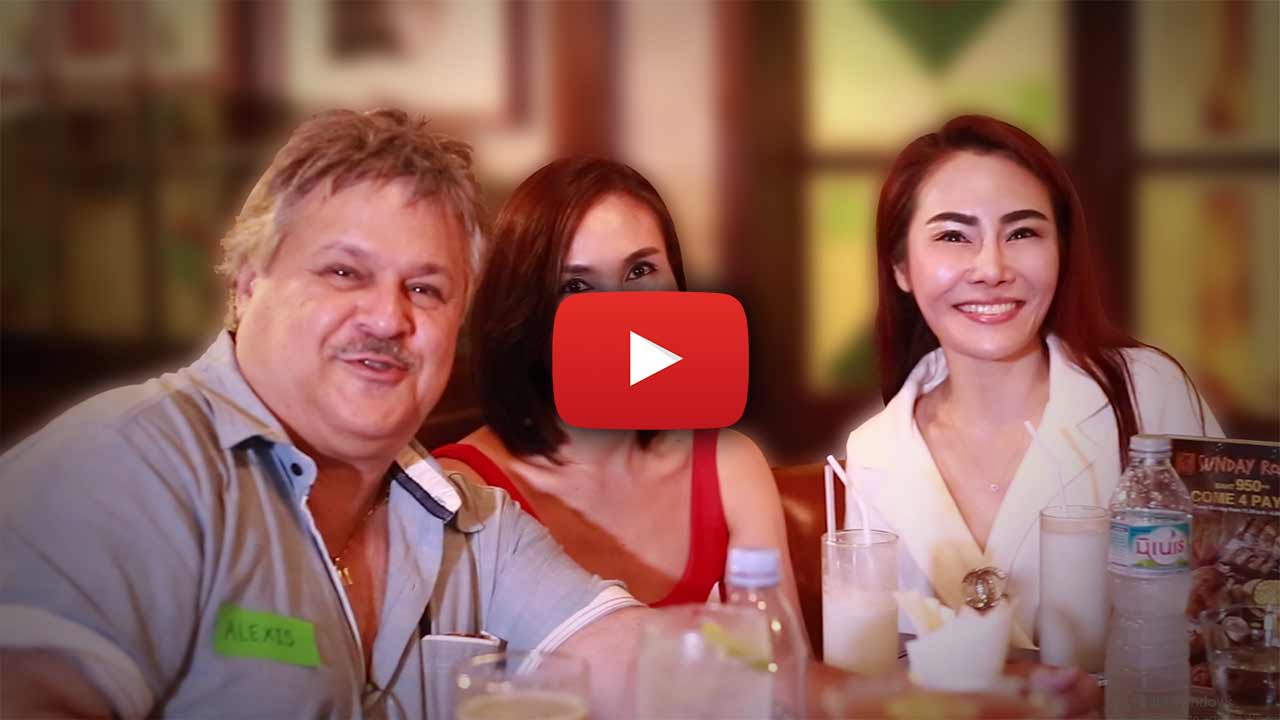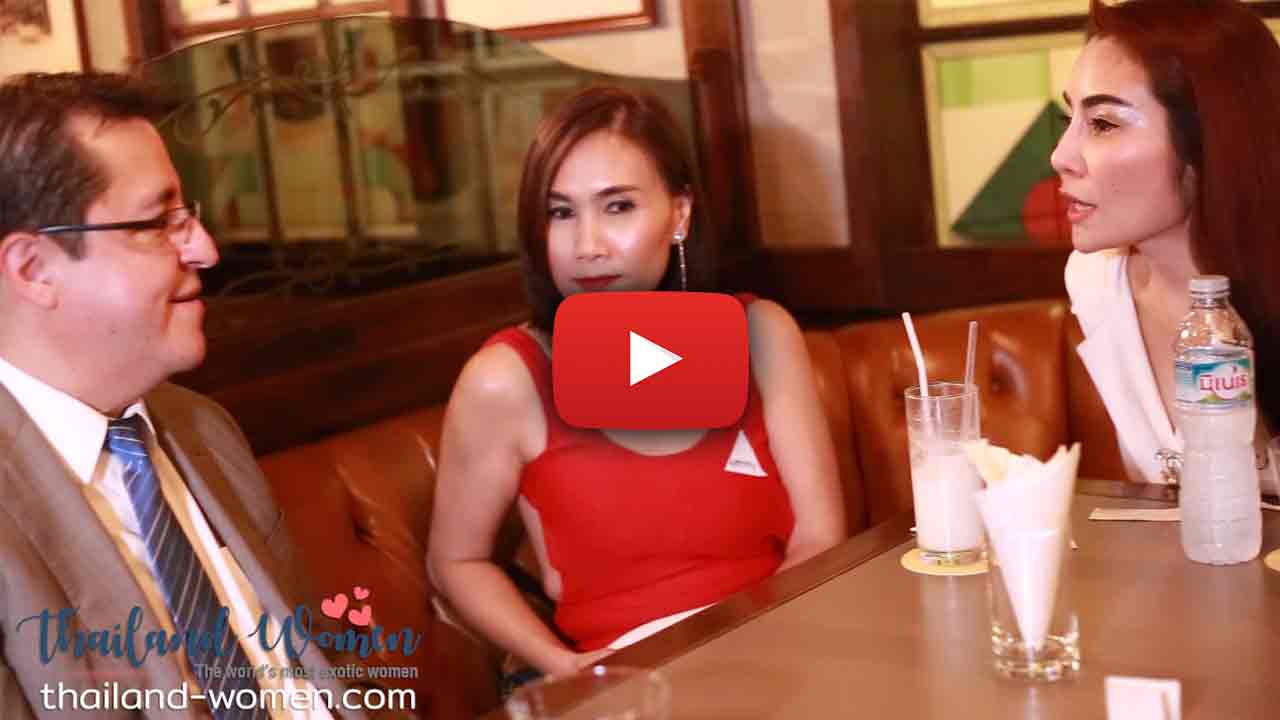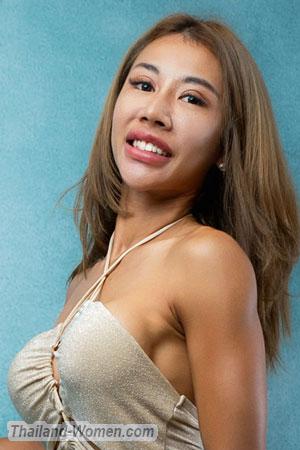Traditional Thai Wedding: 10 Traditions You Shouldn’t Miss

If you ever get the chance to witness a Thai wedding or tie the knot with a Thai yourself, you will see what a unique and rich showcase of Thai culture takes place in the marriage ceremony.
A traditional Thai wedding does not just celebrate the love of a man and woman but also honors the family and elders, and is filled with lots of blessings and beautiful rituals.
Attending or preparing a Thai wedding for the first time can be overwhelming, especially if you’re a foreigner. However, when you get to familiarize yourself with Thai values and symbolism, you will appreciate more the meanings behind their long-kept traditions.
Elements of a Thai Traditional Wedding
Here are 10 of the most important elements of a Thai traditional wedding that you need to watch out for. While they vary from region to region and have evolved through the years, these customs still remain well-loved in Thailand.
-
Auspicious Date and Time
A traditional Thai wedding gives much attention to details, particularly the date and time of the wedding ceremony. Monks, astrologers, and family members are consulted to assess the compatibility of the stars and the date when it is luckiest to ensure a successful and happy marriage.
Even the chosen time to start is auspiciously selected such as 9:09 since 9 is a lucky number in Thailand. Though Thai people aren’t generally keen on punctuality, weddings have an importance that compels guests to come on time to help the couple get the optimum luck.
-
Making Merit
Thai marriage rituals often start with a traditional thai buddhist wedding ceremony, wherein monks pray and bless the couple to be wed. The monks, who must come in an odd number to ensure luck, arrive early in the morning. They pray in Sanskritic for the prosperity and happiness of the marriage.
The couple prepares food for them to eat and makes a donation to the monks as a way of receiving a fortune in return. Other ways that a couple can make merit are by releasing an animal from captivity or donating money or a gift to the local Buddhist temple.
-
Traditional Thai Wedding Attire
While Western-style wedding attires are gaining popularity, especially among the younger ones, traditional Thai wedding attire still remains greatly favored in weddings. Women wear a traditional Thai wedding dress, which is often brightly colored and made of silk. A long over-the-shoulder shawl can be added to make it look more formal.
The men on the other hand mostly wear traditional Thai men’s wedding clothes such as suea phraratchathan costumes. In a modern Thai wedding, however, a groom may opt to pair traditional pants with a fashionable Western suit jacket and tie.
-
Sinsod (Dowry)
Traditionally, the families of the couple agree on the dowry (sinsod), which the groom will present to the bride during the engagement. However, nowadays, some families treat the dowry as something symbolic rather than a requirement for marriage. They may go through the ceremonial act but in the end, the bride’s parents may opt to give back the dowry to the couple to support them in starting their married life.
-
Khan Maak Procession
Having discussed the dowry, a procession known as Khan Maak proceeds after the Buddhist blessings. With gifts in hand, the groom leads a parade toward the bride’s house, marking the start of the engagement session. The procession is a joyous ritual with singing, dancing, and music by the groom’s entourage.
In a traditional Thai wedding of olden times, the Khan Maak took place on a day prior to the wedding and kicked off at the groom’s house, as the people walked and danced all the way to the bride’s place. Presently, however, it happens on the same day as the wedding, generally in the morning, and starts at the corner of the street from the bride’s house.

-
Doors/Gate Ceremony
Once the groom arrives at the bride’s place, he is greeted by obstacles from the bride’s friends and relatives. He must unlock symbolic doors to reach his sweetheart by giving envelopes with money like tolls to get through a gate. It’s a fun game, wherein everyone jokingly gives the groom a hard time before finally deserving the hand of his bride.
-
Engagement Ceremony
Now that the groom has conquered the challenges, he is welcomed into the bride’s home where an intimate engagement ceremony commences. The ceremony consists of exchanging engagement rings and paying respects in the presence of the couple’s parents and elderly close relatives.
In traditional Thai wedding practices, the bride shows her respect to the groom through the ‘wai’ gesture. The bride presses her hands together, bows down, and places them on the groom’s chest or lap. The groom, in response, presses his hands together, accepting the show of respect. The gesture shows the groom’s promise to take care of and protect his wife. But with modern society becoming more sensitive to gender equality, now, both the man and woman make the gesture to each other instead of the bride alone.
-
Sai Monkon (White Thread Ritual)
In this ritual, a white thread is placed around and on the heads of the couple, symbolically uniting them in marriage. Either an elder of the bride’s family or a respected community member takes charge of this ceremony.
He links the bride and groom together through the thread and then blesses them by pouring sacred water on their hands. The thread forms two circles on the heads of the couple while remaining attached to each other. This symbolizes the joint destinies of the bride and groom while at the same time retaining their individuality. The circle also means continuity, where merit is carried around infinitely.
-
Rod Nam Sang (Shell Ceremony)
Water is a very special element in Thai culture. It symbolizes good fortune and is used abundantly in rituals such as the New Year celebration, wherein people shower each other with water to bring good luck to the year ahead. At a traditional Thai wedding, water also plays a very important part of the ceremony.
A bowl of water, which the Buddhist monks have prayed over earlier, will be used by the guests to bless the newlyweds. Each of them takes turns approaching the bride and groom, who will be kneeling on a pedestal with their hands extended. Guests pour out water on their hands as they express their wishes, prayers, and advice to the couple. They also often offer a gift and in return, the couple gives them a keepsake as thanksgiving and remembrance of the wedding.
-
Bridal Bed
At the end of this day full of traditions, the couple rests for the night on their bridal bed. But not before a last set of rituals! When the bride and groom come into their room, they are welcomed by an elderly couple sitting on their bed. The elders, who symbolize the longevity and success of marriage, give them advice and encouragement. The bridal bed is adorned with rice and coins representing prosperity and fertility. According to tradition, the couple sleeps on the bed with these objects during the first three nights. Fortunately, the old couple doesn’t stay as well!

This is an old-fashioned tradition that is rare nowadays but it is still practiced at times in the rural area.
In the end, a traditional Thai wedding is not necessarily a religious affair and a Buddhist ceremony doesn’t equate to marital legal status. The couple still needs to register themselves at the Amphur Office for their marriage to be official.
However, these colorful traditions truly give life to Thai marriage and culture. These beautiful rituals give a deep meaning to a couple’s union and make a Thai wedding truly one of the most joyful and memorable moments for the newlyweds and their families.




















